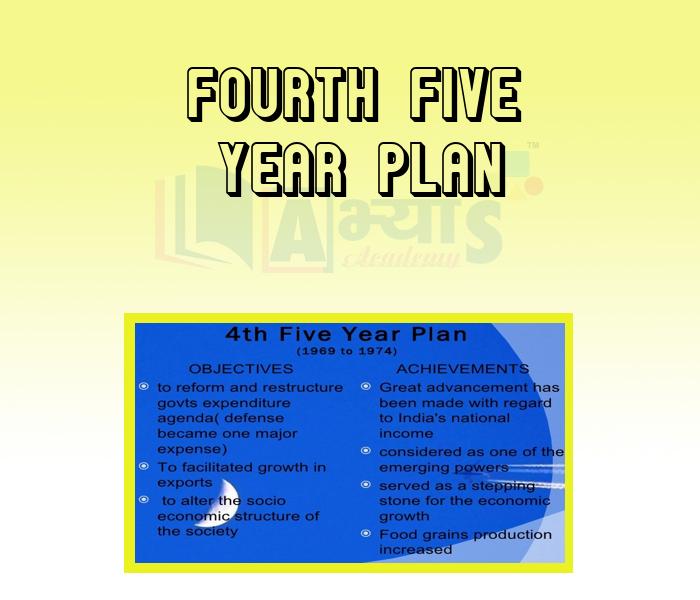Fourth Five Year Plan










Fourth Five Year Plan
Fourth Five Year Plan (1969-1974): In the fourth plan, the outlays for all the sectors increased substantially, where agriculture and allied sectors received 16.9%, industry and minerals 18.5%, transportation and communications 18.4%, and power development 17.8%.
The Indira Gandhi government nationalised 19 major Indian banks. In addition, the situation in East Pakistan (now independent Bangladesh) was becoming dire as the Indo-Pakistani War of 1971 and Bangladesh Liberation War took place. In 1971, more than 10 million East Pakistani refugees fled to India. Funds earmarked for the industrial development had to be used for the war effort. India also performed the Smiling Buddha underground nuclear test in 1974, partially in response to the United States deployment of the Seventh Fleet in the Bay of Bengal to warn India against attacking West Pakistan and widening the war.
Students / Parents Reviews [10]
About Abhyas metholodology the teachers are very nice and hardworking toward students.The Centre Head Mrs Anu Sethi is also a brilliant teacher.Abhyas has taught me how to overcome problems and has always taken my doubts and suppoeted me.

Shreya Shrivastava
8thMy experience was very good with Abhyas academy. I am studying here from 6th class and I am satisfied by its results in my life. I improved a lot here ahead of school syllabus.

Ayan Ghosh
8thBeing a parent, I saw my daughter improvement in her studies by seeing a good result in all day to day compititive exam TMO, NSO, IEO etc and as well as studies. I have got a fruitful result from my daughter.

Prisha Gupta
8thMy experience with Abhyas academy is very good. I did not think that my every subject coming here will be so strong. The main thing is that the online tests had made me learn here more things.

Hiya Gupta
8thAbhyas Methodology is very good. It is based on according to student and each child manages accordingly to its properly. Methodology has improved the abilities of students to shine them in future.

Manish Kumar
10thIt was good as the experience because as we had come here we had been improved in a such envirnment created here.Extra is taught which is beneficial for future.

Eshan Arora
8thA marvelous experience with Abhyas. I am glad to share that my ward has achieved more than enough at the Ambala ABHYAS centre. Years have passed on and more and more he has gained. May the centre flourish and develop day by day by the grace of God.

Archit Segal
7thOne of the best institutes to develope a child interest in studies.Provides SST and English knowledge also unlike other institutes. Teachers are co operative and friendly online tests andPPT develope practical knowledge also.

Aman Kumar Shrivastava
10thAbhyas is a complete education Institute. Here extreme care is taken by teacher with the help of regular exam. Extra classes also conducted by the institute, if the student is weak.

Om Umang
10thMy experience with Abhyas is very good. I have learnt many things here like vedic maths and reasoning also. Teachers here first take our doubts and then there are assignments to verify our weak points.
